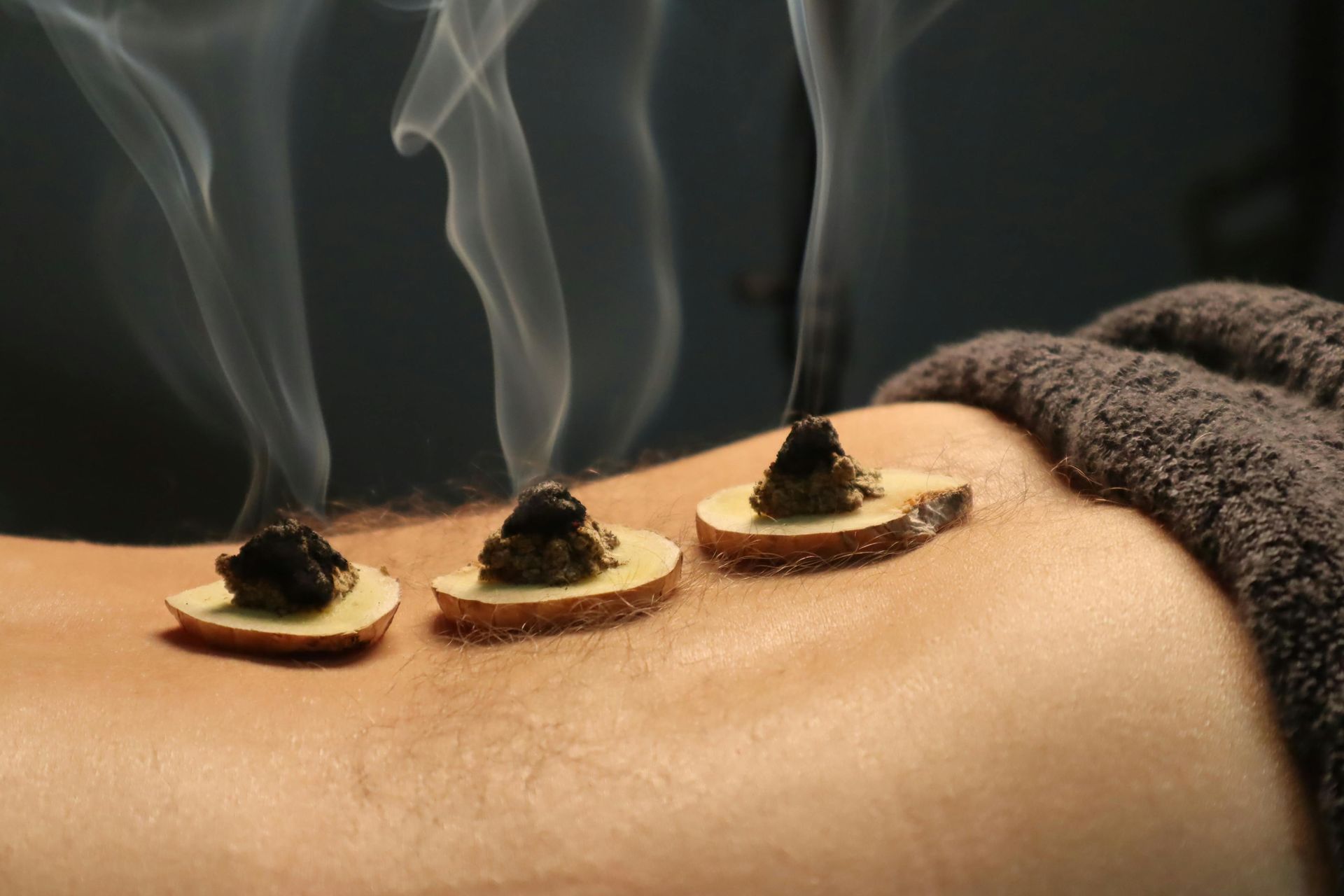Exploring Existence Through Mindfulness
10 Benefits of a Dedicated Practice

Introduction
Have you ever found yourself wondering about your place in the universe or the deeper meaning of life’s journey? Through a consistent mindfulness practice—integrating breathwork, yoga postures, and mental focus—you naturally begin to question the purpose of existence itself. This introspection isn’t just a philosophical byproduct; it also paves the way for tangible health and wellness benefits. In this post, we’ll look at ten ways mindful living can transform both body and mind, and we’ll touch on the yogic concept of the Yamas we’ve been exploring—fundamental principles that guide our actions toward harmony and balance.
1. Improves Strength and Flexibility
In a world of tight schedules and stunted movement, a regular yoga or mindfulness routine gives the body a chance to stretch and strengthen. Over time, you’ll notice improved range of motion and better muscular endurance. Strength and flexibility go beyond the mat as well, helping you carry yourself with more ease throughout the day.
2. Reduces Stress and Anxiety
By focusing on the present moment—whether through slow, mindful breathing or gentle yoga postures—you bring calm to the mind and nervous system. This often translates to lowered cortisol levels, a significant factor in managing stress and anxiety. The result? Greater emotional resilience and a healthier response to daily challenges.
3. Reduces Inflammation
Chronic inflammation can lead to various health issues, from joint pain to digestive disorders. When you engage in mindfulness and gentle movement, you help your body regulate its stress responses and inflammatory markers. Over time, this can reduce chronic pain and promote overall well-being.
4. Boosts Immunity
Mind-body practices are known to support the immune system by reducing stress hormones and improving sleep quality. Feeling run down? A restorative yoga session or a short meditation break can help fortify your immune response and keep you healthier in the long run.
5. Improves Heart Health
Research continues to highlight the cardiovascular benefits of meditation and mindful movement. Slowed breathing, reduced stress hormones, and lower blood pressure all work together to support a healthier heart. This is crucial for caregivers, professionals, and anyone leading a high-stress life.
6. Improves Sleep Quality
Struggling to drift off at night? A mindfulness routine, even if it’s just five minutes of deep breathing before bed, can help calm a racing mind and prepare the body for restorative sleep. Quality rest not only recharges your energy but also aids in memory consolidation and emotional regulation.
7. Boosts Self-Esteem
Mindfulness teaches you to observe thoughts without judgment. As self-awareness grows, so does self-compassion. Over time, you begin to replace self-criticism with self-acceptance, which naturally raises self-esteem and fosters a more positive outlook on life.
8. Promotes Better Posture and Body Awareness
Through yoga postures and conscious breathing, you become more attuned to your body’s alignment. This awareness promotes better posture, both on and off the mat, and encourages you to notice when you’re slouching or carrying tension in your shoulders.
9. Improves Brain Function
Studies suggest that consistent mindfulness practices can enhance focus, memory, and cognitive flexibility. By exercising the “muscle” of your attention, you train your brain to stay alert yet calm, boosting productivity in your everyday tasks.
10. Helps with Burnout
If you’re feeling physically and emotionally spent, mindfulness can offer a sustainable path toward recovery. By reconnecting with your breath and learning to be present, you soothe the nervous system, which helps mitigate the early signs of burnout and rekindle your inner spark.
Looking Ahead: Niyamas
Stay tuned for our upcoming emails, where we’ll dive into the Niyamas—personal observances that further enrich your yoga journey. We’ll explore practical ways to introduce these concepts to your students and seamlessly weave them into everyday life through asanas, breathwork, and mindfulness techniques.
Conclusion
Embracing mindfulness can open the door to both physical well-being and a deeper existential exploration. As you tap into this practice, you may naturally start to question your purpose and how you can live more meaningfully. The results are as practical as they are profound, offering benefits that range from reduced anxiety to a more compassionate, curious approach to life.
Use the ten benefits outlined here as motivation to commit to your practice, and remember that it’s more than poses and breathing—it’s a journey inward, guided by timeless principles that show us how to live in harmony with ourselves and others.
Elev8d Essence: The Balance Blueprint




